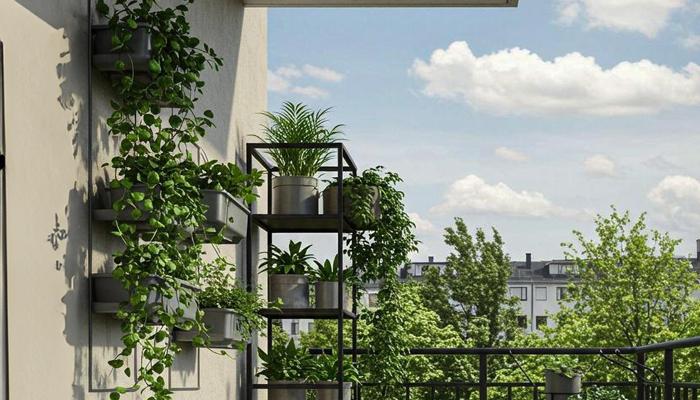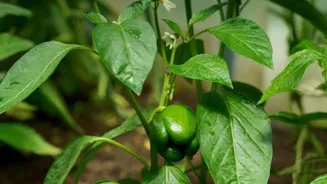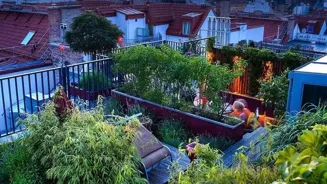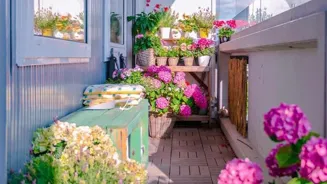Transform Your Terrace into a Green Paradise: 7 Tips for Vibrant Mumbai Gardens! Dive into expert advice for urban oasis!
Mumbai, India - Are you dreaming of a lush, green oasis right on your terrace? In a bustling
city like Mumbai, or any Indian city for that matter, a terrace garden can be a calming escape and a source of fresh produce.

But getting started, or even keeping your existing garden flourishing, can seem daunting. Fear not! We've compiled seven essential tips to help you revitalize your terrace garden and create a thriving green space you'll love.
Choose plants based on sunlight & wind, group by needs for ease
First, let's talk about sunlight. In India, we have plenty of sunshine, but not all plants love scorching heat all day long. You need to observe which areas of your terrace get the most sun, and which get shade. This will help you choose the right plants for each spot.
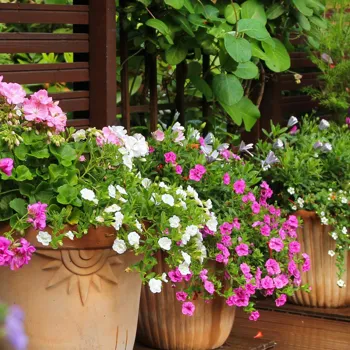
For example, tomatoes and chilies thrive in full sun, while leafy greens like spinach and lettuce prefer some shade, especially in the afternoon. Grouping plants with similar sunlight needs together makes watering and caring for them much easier. Another important factor is protection from wind.
Strong winds can damage delicate plants and dry out the soil. Installing a windbreak, like a screen or carefully placed shrubs, can make a big difference. Remember, a happy plant is a productive plant!
Soil is key. Use well-draining mix of garden soil, compost, cocopeat for healthy plants
Next, consider your soil. The soil is the foundation of your garden. Don't just use any old soil you find! Terrace gardens need well-draining soil that retains moisture but doesn't become waterlogged. A good mix would be equal parts of garden soil, compost, and cocopeat.
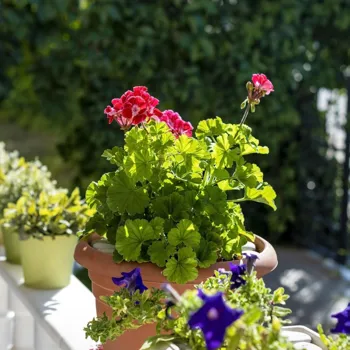
Compost adds nutrients and helps the soil retain moisture, while cocopeat lightens the soil and improves drainage. You can easily find these materials at your local nursery.
Every few months, enrich the soil with organic fertilizer like vermicompost or cow manure to keep your plants healthy and strong. Regular soil testing can also help you identify any nutrient deficiencies and address them accordingly.
Remember, healthy soil leads to healthy plants and a bountiful harvest!
Proper watering techniques for healthy gardens
Watering is crucial, but it's also where many new gardeners go wrong. Overwatering can be just as harmful as underwatering, leading to root rot and other problems. The best way to water is to check the soil moisture before you water. Stick your finger an inch or two into the soil.
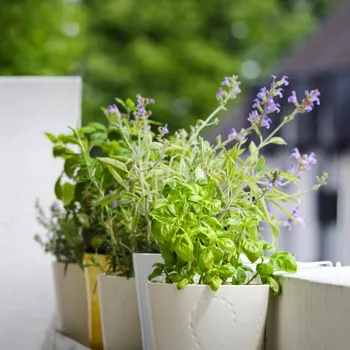
If it feels dry, it's time to water. Water deeply, allowing the water to reach the roots, rather than just sprinkling the surface. Early morning or late evening are the best times to water, as the water is less likely to evaporate quickly.
Consider using a drip irrigation system or soaker hose for efficient watering, especially if you have a large garden. Adapt your watering schedule to the weather conditions; you'll need to water more frequently during hot, dry spells and less during the monsoon season.
Choose right plants for successful terrace gardening in India
Choosing the right plants is crucial for terrace gardening success. Opt for plants that are well-suited to the Indian climate and your local conditions. Vegetables like tomatoes, chilies, brinjals, and leafy greens are relatively easy to grow in containers.
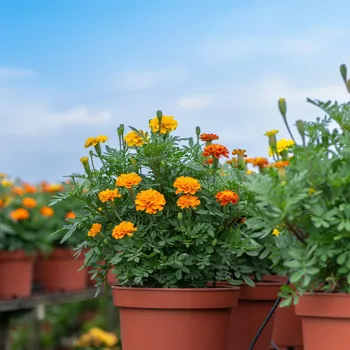
Herbs like basil, mint, and coriander are also great choices for terrace gardens. For flowers, consider marigolds, roses, and hibiscus, which add color and attract pollinators.
When selecting plants, consider their mature size and choose containers that are large enough to accommodate their root systems. Don't overcrowd your plants; give them enough space to grow and thrive. Local nurseries can provide valuable advice on which plants are best suited to your area.
Manage pests organically for healthy terrace gardens
Pest and disease management is an essential part of maintaining a healthy terrace garden. Regularly inspect your plants for signs of pests or diseases, such as aphids, mealybugs, or fungal infections. Early detection is key to preventing widespread problems.
Organic pest control methods are the best option for terrace gardens, as they are safe for you, your plants, and the environment. Neem oil is a versatile and effective natural insecticide and fungicide. You can also use homemade solutions like soapy water to control aphids.
Encourage beneficial insects like ladybugs, which prey on pests. Proper plant spacing and good air circulation can also help to prevent fungal diseases.
Terrace gardening: ongoing learning, experiment, connect with nature, enjoy
Finally, remember that terrace gardening is an ongoing learning experience. Don't be afraid to experiment with different plants and techniques. Keep a garden journal to track your progress, record what works and what doesn't, and learn from your mistakes.
Join a local gardening group or online forum to connect with other gardeners and share tips and advice. Most importantly, enjoy the process of nurturing your garden and reaping the rewards of your efforts.
A terrace garden is not just a green space; it's a place to relax, connect with nature, and enjoy the beauty and bounty of the earth right at home.
